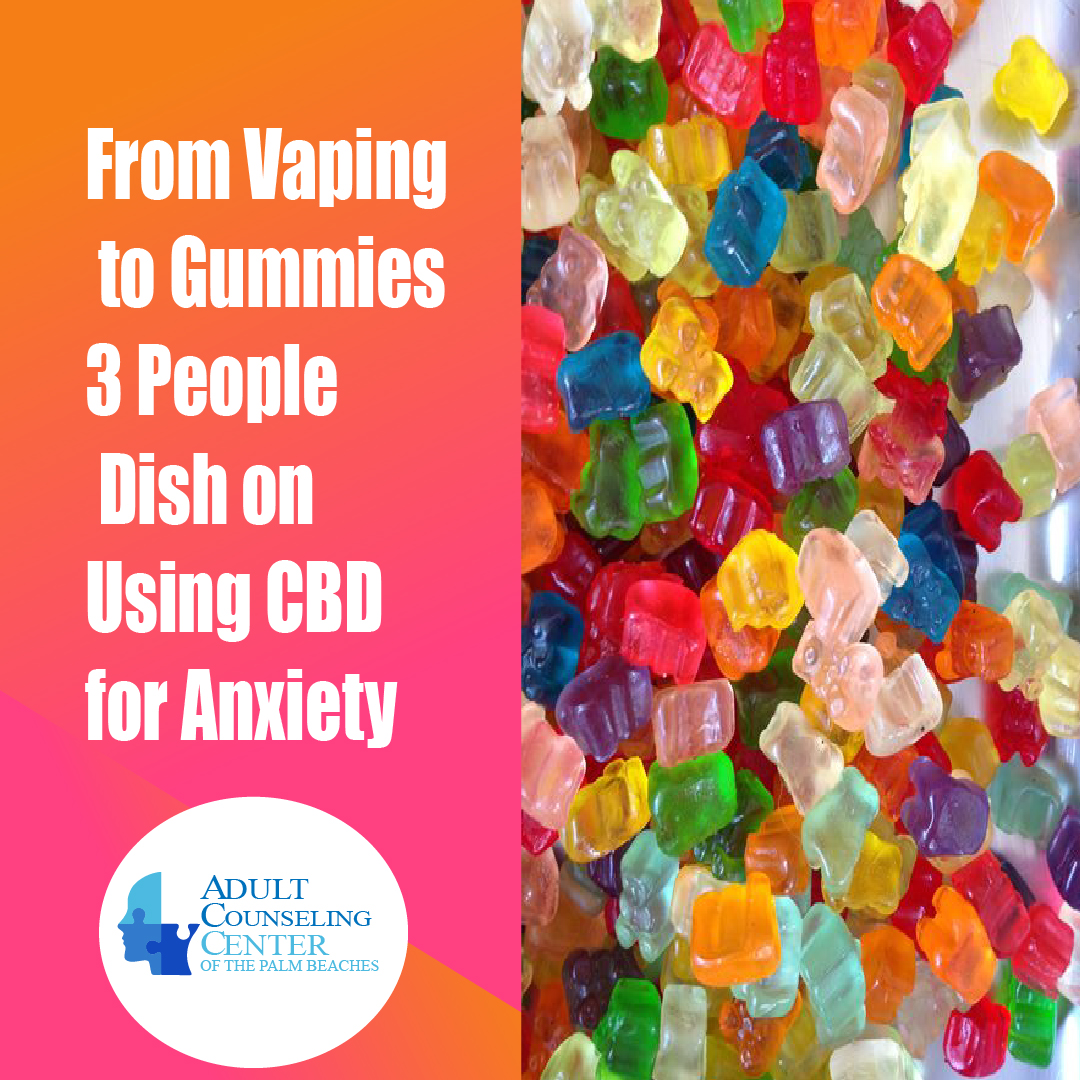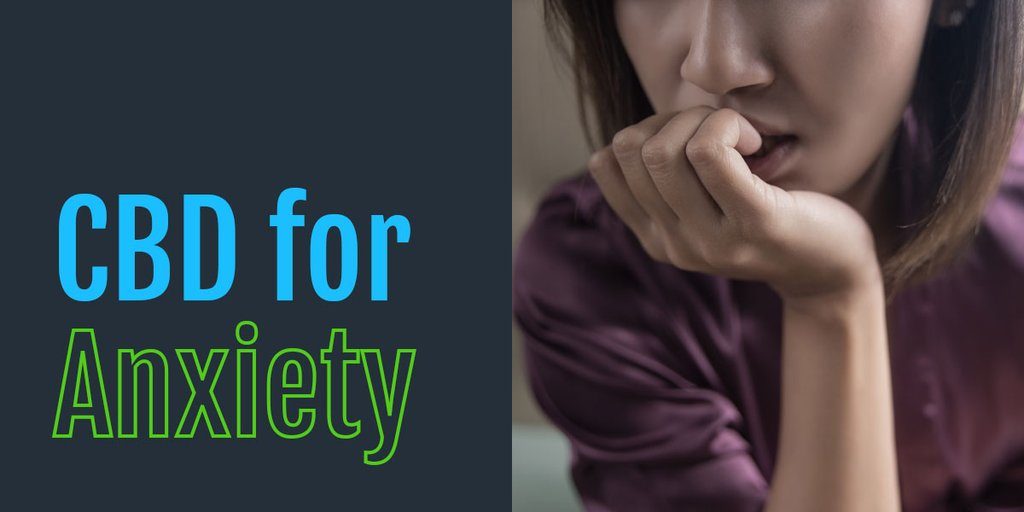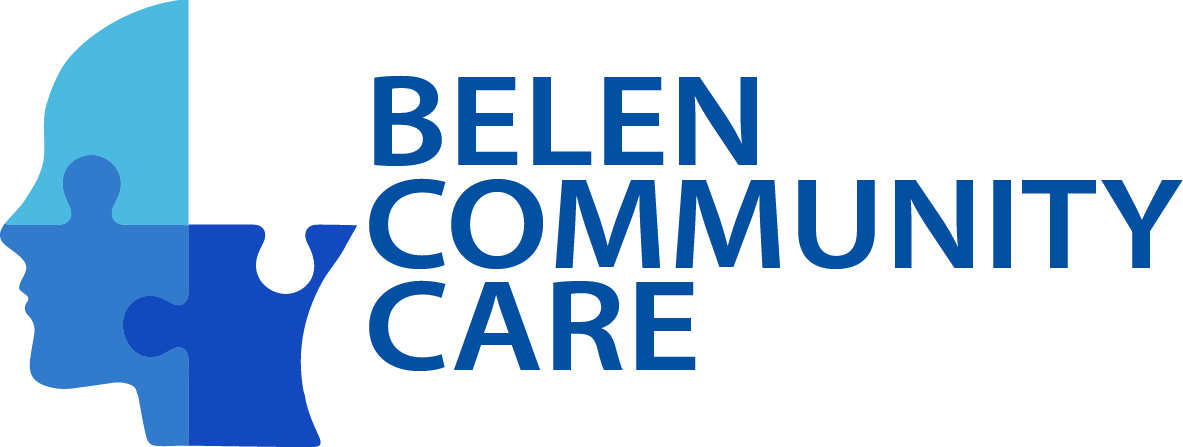
Cannabis is having a moment. Marijuana legalization movements are sweeping the nation and the world.
If you have any sort of chronic health condition, mental or physical, chances are that someone has mentioned cannabis as a treatment.
While CBD can be useful in addressing physical discomforts from chronic pain to chemotherapy side effects, it could also help people living with anxiety disorders.
Medical treatment for anxiety traditionally consists of prescription drugs with a high likelihood for misuse: benzodiazepines, like Xanax and Klonopin.
In part because typical anxiety medications can be habit forming and misused, many people are opting to use CBD to alleviate their stress and anxiety.

Recent studies, such as this one published in 2019, show that CBD has the potential to decrease anxiety. Anecdotal evidence from users is also pretty convincing.
Best of all, if the CBD’s hemp derived, it’s likely legalTrusted Source (and contains no more than a negligible amount of THC).
In a 2018 interview with National Public Radio (NPR), the New York University psychiatrist and researcher Dr. Esther Blessing said: “There’s really good evidence to suggest that CBD could be an effective treatment of anxiety and addiction, but we need clinical trials to find out.”
So far, evidence Trusted Source of the substance’s anti-anxiety effects comes from animal research and from small, short-term human studies that suggest CBD exhibits anti-inflammatory and anti-anxiety properties.
So how do you actually use it?
CBD comes in many different forms, from oils to sprays to lotions to candies. There’s no one type that works best — that depends on the condition to be treated and the person using it. So, it’s important to choose the best administration method for you and what ails you.
Here are three ways people with anxiety use CBD.
Vaping to treat anxiety from THC-based marijuana for pain
Jessie Gill, a registered nurse and cannabis advocate, uses CBD for her anxiety. Originally, she began using medical cannabis for pain resulting from a serious spinal cord injury.
She then discovered CBD as a way to manage general anxiety as well. Previously, she says, she inhaled vaporized CBD oil through a vaping pen.

Vaping is arguably one of the quickest ways to feel the effects of CBD, which is important in an acute anxiety situation.
Gill says she would vape “a small amount when waking up, again at night, and use it frequently during the day as needed.” She preferred using a high-CBD, low-THC strain and was microdosing (inhaling small doses that wouldn’t get her high).
She also mixed her high-CBD oil for anxiety with the high-THC oil that she used (legally) for pain
CBD can counteract the anxiety some people may feel after using THC.
There are other concerns that go along with vaping, namely the chemicals found in vaping liquid and the heating coils inside vape pens. The jury’s still out on the long-term safety of vaping, so while it might be fast, there might also be negative consequences we aren’t fully aware of yet.
Another drawback, according to Gill, is that the strain she vaped was cost-prohibitive in her home state, so she switched to taking CBD oil under her tongue.
Oral CBD to ward off anxious feelings
CBD oils and oral sprays are also becoming more popular with consumers. People take sublingual oils by dropping the liquid under their tongue.
The mucous membranes are filled with tiny capillaries, so the CBD is absorbed quickly and directly into the bloodstream.
Since switching to CBD oil, Gill says she takes it morning and night. “Currently, I take 25 mg [milligrams] of full-spectrum high-CBD oil twice a day — in the morning and before bed. I also frequently take it during the day to relieve my anxiety symptoms. It’s the first thing I reach for [when] my mind starts racing.”
She adds that it also helps with her chronic pain. “In total, I take at least 50 mg of full-spectrum CBD oil a day, and I usually take 75 to 100 mg,” depending on pain and anxiety levels that day.
Sublingual CBD oils are a great choice for people who have trouble swallowing capsules or are unable to take gummies.
Oils do have a tendency to taste a little “weedy” though, which might be a turnoff for some people. There are oils on the market that are infused with other ingredients, like peppermint, which helps to dial back any unpleasant flavors.
Sublingual CBD oils are taken by dropping the liquid under the tongue or mixing it with a beverage, such as your favorite tea. Other CBD oils can be put into capsules or rubbed onto the skin.
Edibles to help fight anxiety without judgment
One of the most popular ways to consume CBD is, not surprisingly, through candy. CBD gummies are available in a rainbow of flavors and take the guesswork out of dosing.
San Diego restaurateur Beau Schmitt uses CBD gummies to treat his anxiety. He takes two to three gummies in the morning and then again before bed to help him sleep.
“I take gummies (vs. oils or vaping) because dosing is consistent, they’re convenient, and I don’t look “druggy” while conducting business or interacting with our staff,” he tells.
Pulling out your oil dropper might get you some funny looks, but no one is going to think twice about you eating candy in public. “CBD gummies are discreet so you can take them in a professional environment without everyone asking you questions,” he points out.
“Especially since they target anxiety relief, the last thing you want is someone bugging you about dropping a tincture under your tongue or blowing smoke out a window.”
Be aware that gummies aren’t fast-acting, so they may not be the right choice for anxiety attacks or other acute situations.
Leave a reply










Leave a reply